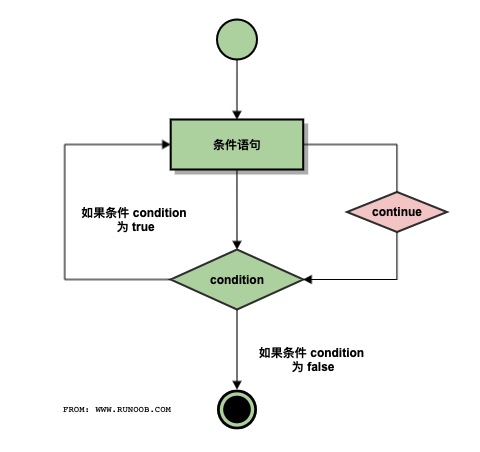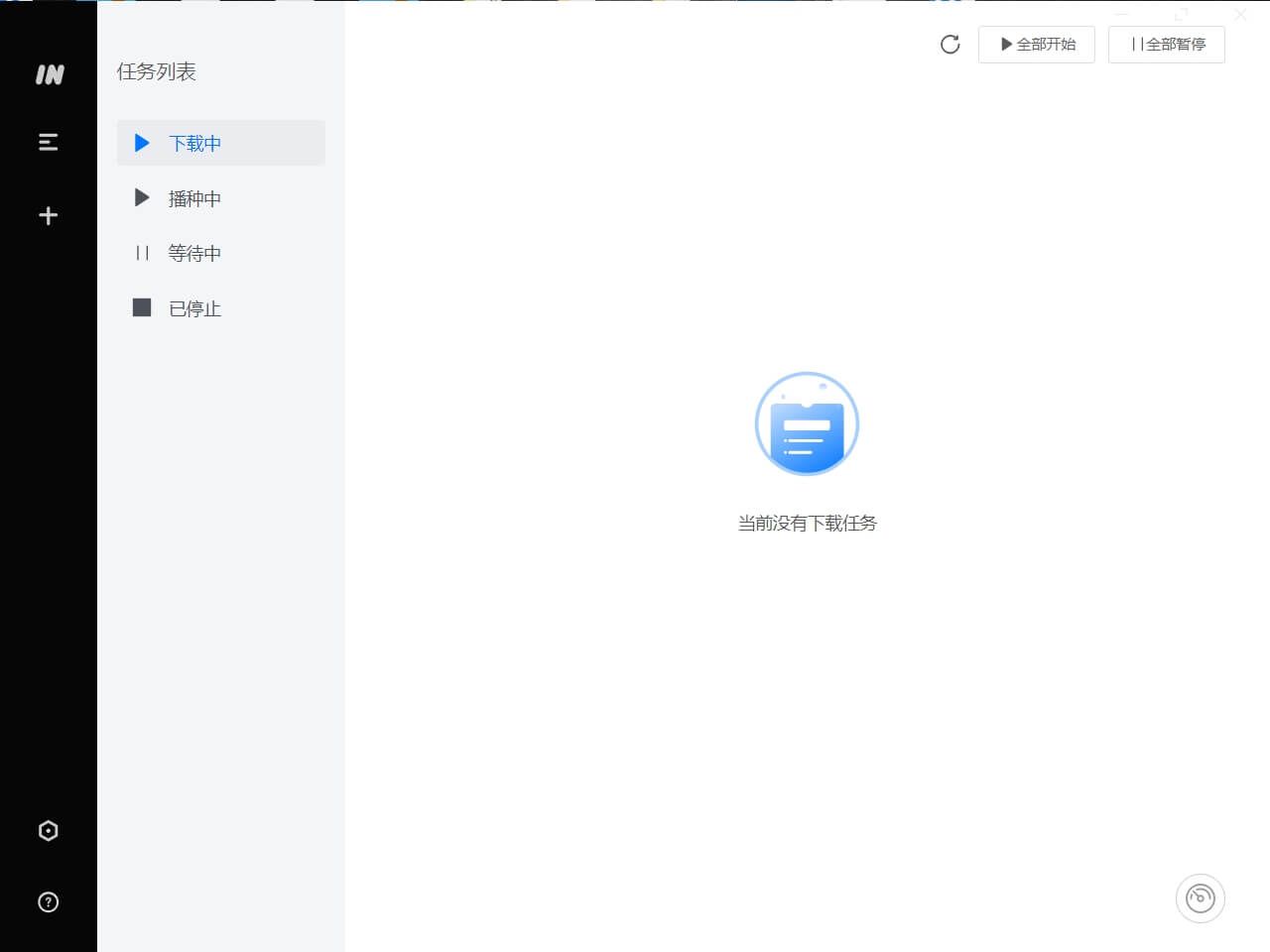参考:
1.在自己的数据集上调用cocoapi计算map
2. COCO Result Format
3.COCO result json
之前的模型都是在COCO数据集上训练,数据集的标注以及结果的生成格式都是按照官方的格式组织的,调用cocoapi和官方下载的instance_val2017.json计算就可以了。
现在需要在其他数据集上测试map等指标,这些图片都是标注好的,但是格式和coco要求不一样,因此需要进行转换。
分为四个步骤:1. 数据集划分和标签转换;2.将标注转为coco的result格式;3. 将模型推理结果保存为result格式;4.调用cocoapi计算;
我要测试的数据集为Mar20,数据的标注格式为未归一化的(xmin, xmax, ymin, ymax),COCO的标注格式为未归一化的(xmin, ymin, width, height)。数据集的组织形式如下:

注意:这里测试的MAR20数据集类别为20种飞机类,测试过程中我将这20类全部映射为了COCO的飞机类别。如果需要测试其他数据集,在标签转换过程中需要注意cls_id这个属性。
[‘A1’,‘A2’,‘A3’,‘A4’,‘A5’,‘A6’,‘A7’,‘A8’,‘A9’,‘A10’,‘A11’,‘A12’,‘A13’,‘A14’,‘A15’,‘A16’,‘A17’,‘A18’,‘A19’,‘A20’]
一、数据集划分和标签转换
1.xml标签转为txt
首先将xml标签转化为txt。注意不同的数据集修改数据集类别,convert函数,convert_annotation函数里的cls_id,以及数据的路径。转换后的标签保存在MAR20/coco_Labels目录下。
import xml.etree.ElementTree as ET
import os
import cv2
import random
random.seed(0)
# 数据集类别
classes = ['A1','A2','A3','A4','A5','A6','A7','A8','A9','A10','A11','A12','A13','A14','A15','A16','A17','A18','A19','A20' ]
def convert(box):
# 修改 box : xmin, xmax, ymin, ymax -- xmin, ymin, w, h
y= box[2]
x= box[0]
w = box[1] - box[0]
h = box[3] - box[2]
return (int(x), int(y), int(w), int(h))
# 修改 数据集地址
dataset_path = './datasets/MAR20'
def convert_annotation(image_id):
in_file = open(os.path.join(dataset_path, f'Annotations/Horizontal Bounding Boxes/{image_id}.xml')) # 修改 xml所在路径
img_file = cv2.imread(os.path.join(dataset_path, f'JPEGImages/{image_id}.jpg')) # 修改 图片所在路径
out_file = open(os.path.join(dataset_path, f'coco_Labels/{image_id}.txt' ),'w+') # 修改 转换后的txt保存路径
tree = ET.parse(in_file)
root = tree.getroot()
assert img_file is not None
size = img_file.shape[0:-1]
h = int(size[0])
w = int(size[1])
for obj in root.iter('object'):
cls = obj.find('name').text
if cls not in classes :
continue
# cls_id = classes.index(cls)
cls_id = 4 # 修改 Mar20是飞机目标识别,细分为10类,这里将飞机目标统一为COCO的飞机目标类别,即4
xmlbox = obj.find('bndbox')
b = (float(xmlbox.find('xmin').text), float(xmlbox.find('xmax').text), float(xmlbox.find('ymin').text),
float(xmlbox.find('ymax').text))
ZIP_ONE = convert(b)
out_file.write(str(cls_id) + " " + " ".join([str(a) for a in ZIP_ONE]) + '\n')
wd = getcwd()
coco_Labels_out = os.path.join(dataset_path, 'coco_Labels') # 修改 保存图片绝对路径的txt文件的路径
if not os.path.exists(coco_Labels_out):
os.makedirs(coco_Labels_out)
images = os.listdir(os.path.join(dataset_path, 'JPEGImages')) # 修改 图片所在文件夹
files = [file for file in images if file.endswith('.jpg')]
image_ids = [file.split('.')[0] for file in files]
for image_id in image_ids:
try:
print(image_id)
convert_annotation(image_id)
except:
print('error img:', image_id)
运行以上代码后会在coco_Labels文件夹下生成以下文本:

2.划分数据集
然后划分数据集的图片和标签,注意修改划分的比例,输入和输出的地址。划分后的数据保存在MAR20/split目录下。
import os
import random
from shutil import copyfile
random.seed(0)
def split_dataset(input_images_dir, input_labels_dir, output_dir, split_ratio=(0.7, 0.05, 0.25)):
# 创建输出目录结构
os.makedirs(output_dir, exist_ok=True)
os.makedirs(os.path.join(output_dir, 'images', 'train'), exist_ok=True)
os.makedirs(os.path.join(output_dir, 'images', 'val'), exist_ok=True)
os.makedirs(os.path.join(output_dir, 'images', 'test'), exist_ok=True)
os.makedirs(os.path.join(output_dir, 'labels', 'train'), exist_ok=True)
os.makedirs(os.path.join(output_dir, 'labels', 'val'), exist_ok=True)
os.makedirs(os.path.join(output_dir, 'labels', 'test'), exist_ok=True)
# 获取所有图片文件
image_files = [f for f in os.listdir(input_images_dir) if f.endswith('.jpg')]
num_images = len(image_files)
# 随机打乱图片顺序
random.shuffle(image_files)
# 计算划分的数量
num_train = int(num_images * split_ratio[0])
num_val = int(num_images * split_ratio[1])
num_test = num_images - num_train - num_val
# 分割图片和标签文件
for i, image_file in enumerate(image_files):
if i < num_train:
set_name = 'train'
elif i < num_train + num_val:
set_name = 'val'
else:
set_name = 'test'
# 复制图片文件
copyfile(os.path.join(input_images_dir, image_file), os.path.join(output_dir, 'images', set_name, image_file))
# 构建对应的标签文件名
label_file = os.path.splitext(image_file)[0] + '.txt'
# 复制标签文件
copyfile(os.path.join(input_labels_dir, label_file), os.path.join(output_dir, 'labels', set_name, label_file))
# 修改 数据集地址
dataset_path = './datasets/MAR20'
# 修改输出地址
output_dir = os.path.join(dataset_path, 'split')
os.makedirs(output_dir, exist_ok=True)
# 修改输入图片和标签地址
input_images_dir = os.path.join(dataset_path, 'JPEGImages')
input_labels_dir = os.path.join(dataset_path,'coco_Labels')
split_ratio=(0.7, 0.05, 0.25)
# 调用划分函数 划分比例为70%训练集,5%验证集,25%测试集
split_dataset(input_images_dir, input_labels_dir, output_dir, split_ratio)
划分好后,在MAR20/split文件夹下生成以下文件:

二、将标注转为coco的result格式
首先将test数据集的图片路径保存到test.txt文件中:
import xml.etree.ElementTree as ET
import os
# test图片路径
test_path = './datasets/MAR20/split/images/test'
# 保存txt路径
saved_txt_path = './datasets/MAR20/test.txt'
for img in os.listdir(test_path):
img_path = os.path.join(test_path, img)
with open(saved_txt_path, 'a') as f:
f.write(img_path + '\n')
MAR20/test.txt文件内容如下:

然后将MAR20/labels/test文件夹下的标注转换为coco格式,输出为annotations.json:
import json
import cv2
import os
if __name__=='__main__':
cats = list()
# 输出的json文件路径
out_path = 'annotations.json'
# test.txt路径
test_path = './datasets/MAR20/test.txt'
with open('obj.names', 'r') as f:
for line in f.readlines():
line = line.strip('\n')
cats.append(line)
cat_info = []
for i, cat in enumerate(cats):
cat_info.append({'name': cat, 'id': i})
ret = {'images': [], 'annotations': [], "categories": cat_info}
i = 0
for line in open(test_path, 'r'):
line = line.strip('\n')
i += 1
image_id = eval(os.path.basename(line).split('.')[0])
image_info = {'file_name': '{}'.format(line), 'id': image_id}
ret['images'].append(image_info)
anno_path = line.replace('.jpg', '.txt')
anno_path = anno_path.replace('images', 'labels')
anns = open(anno_path, 'r')
img = cv2.imread(line)
height, width = img.shape[0], img.shape[1]
for ann_id, txt in enumerate(anns):
tmp = txt[:-1].split(' ')
cat_id = tmp[0]
bbox = [float(x) for x in tmp[1:]] # 注意box格式,已经提前转换成coco格式了
area = round(bbox[2] * bbox[3], 2)
# coco annotation format
ann = {'image_id': image_id,
'id': int(len(ret['annotations']) + 1),
'category_id': int(cat_id),
'bbox': bbox,
'iscrowd': 0,
'area': area}
ret['annotations'].append(ann)
json.dump(ret, open(out_path, 'w'))
以上转换需要用到的coco标签和id对应关系如下,文件名为obj.names,复制以下内容保存到obj.names中:
0: person
1: bicycle
2: car
3: motorcycle
4: airplane
5: bus
6: train
7: truck
8: boat
9: traffic light
10: fire hydrant
11: stop sign
12: parking meter
13: bench
14: bird
15: cat
16: dog
17: horse
18: sheep
19: cow
20: elephant
21: bear
22: zebra
23: giraffe
24: backpack
25: umbrella
26: handbag
27: tie
28: suitcase
29: frisbee
30: skis
31: snowboard
32: sports ball
33: kite
34: baseball bat
35: baseball glove
36: skateboard
37: surfboard
38: tennis racket
39: bottle
40: wine glass
41: cup
42: fork
43: knife
44: spoon
45: bowl
46: banana
47: apple
48: sandwich
49: orange
50: broccoli
51: carrot
52: hot dog
53: pizza
54: donut
55: cake
56: chair
57: couch
58: potted plant
59: bed
60: dining table
61: toilet
62: tv
63: laptop
64: mouse
65: remote
66: keyboard
67: cell phone
68: microwave
69: oven
70: toaster
71: sink
72: refrigerator
73: book
74: clock
75: vase
76: scissors
77: teddy bear
78: hair drier
79: toothbrush
三、将推理结果转换为coco格式
推理的时候将单帧结果保存在items,所有的推理结果保存在result,然后将result保存到results.txt文件中。
保存的格式可以参考https://cocodataset.org/#format-results 和 https://github.com/cocodataset/cocoapi/tree/master/results
然后手动将results.txt后缀改为.json即可(保存为json总是报错,麻了)。
# items为每一帧的检测结果
for i in range(len(classes)):
items.append({"image_id": eval(image_name),"category_id":classes[i],"bbox":boxes[i].tolist(), "score":1.0})
# 检测结果为空也要保存,否则会导致后续的评估出错
if len(items)==0:
items.append({"image_id": eval(image_name),"category_id":0,"bbox":[0,0,0,0], "score":0})
# 以上代码保存了单帧检测结果,result保存了所有的结果
result = []
# ...
result.extend(items)
json_file_path = 'results.txt'
# 字典键值会自动变为单引号,json格式必须为双引号,所以需要用json.dumps()函数转换字符
json_str = json.dumps(result, ensure_ascii=False, default=default_dump)
with open(json_file_path, 'w') as file:
file.write(str(json_str))
四、调用cocoapi计算coco指标
直接调用接口即可计算coco指标:
from pycocotools.coco import COCO
from pycocotools.cocoeval import COCOeval
def main():
results_file ='result.json'
annotations = 'annotations.json'
cocoGt = COCO(annotations)
cocoDt = cocoGt.loadRes(results_file)
cocoEval = COCOeval(cocoGt, cocoDt, 'bbox')
cocoEval.params.catIds = [4] # 你可以根据需要增减类别
cocoEval.evaluate()
cocoEval.accumulate()
cocoEval.summarize()
if __name__ == '__main__':
main()
五、YOLO系列调用cocoapi
根据前面一、二步骤划分好数据集,转换好annotations.json,可以直接运行以下.py文件获得coco指标:
import os
import json
from pycocotools.coco import COCO
from pycocotools.cocoeval import COCOeval
from ultralytics import YOLO
def generate_results(yolo, imgs_dir, jpgs, results_file):
"""Run detection on each jpg and write results to file."""
results = []
for jpg in jpgs:
img_path = os.path.join(imgs_dir, jpg)
image_id = int(jpg.split('.')[0])
det = yolo.predict(img_path, conf=0.25,save=True)
boxes = det[0].boxes
for i in range(len(boxes)):
box = boxes[i]
# 注意ultralytics中的xywh坐标中xy是中心点坐标,coco中的xy是左上角坐标
x_c, y_c, w, h = box.xywh.tolist()[0]
x_min = x_c - w / 2
y_min = y_c - h / 2
conf = box.conf.tolist()[0]
cls = int(box.cls.tolist()[0])
results.append({'image_id': image_id,
'category_id': cls,
'bbox': [x_min, y_min, w, h],
'score': float(conf)})
with open(results_file, 'w') as f:
f.write(json.dumps(results, indent=4))
def main():
results_file ='result.json' # yolo推理结果保存文件
imgs_dir = './datasets/MAR20/split/images/test' # 测试集图片路径
annotations = 'annotations.json' # gt标注文件
model=YOLO('yolov8l.yaml').load("/home/jingjia/sdb/liaocheng/ultralytics-main/yolov8l.pt")
jpgs = [j for j in os.listdir(imgs_dir) if j.endswith('.jpg')]
generate_results(model, imgs_dir, jpgs, results_file)
# Run COCO mAP evaluation
# Reference: https://github.com/cocodataset/cocoapi/blob/master/PythonAPI/pycocoEvalDemo.ipynb
cocoGt = COCO(annotations)
cocoDt = cocoGt.loadRes(results_file)
cocoEval = COCOeval(cocoGt, cocoDt, 'bbox')
cocoEval.params.catIds = [4] # 你可以根据需要增减类别
cocoEval.evaluate()
cocoEval.accumulate()
cocoEval.summarize()
if __name__ == '__main__':
main()
运行结果:




















